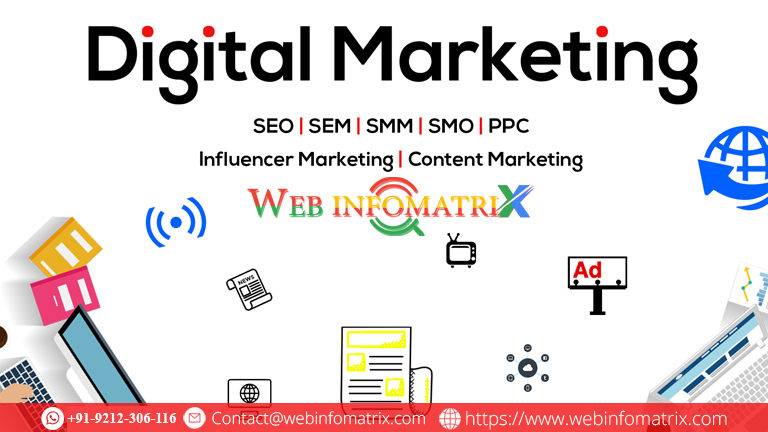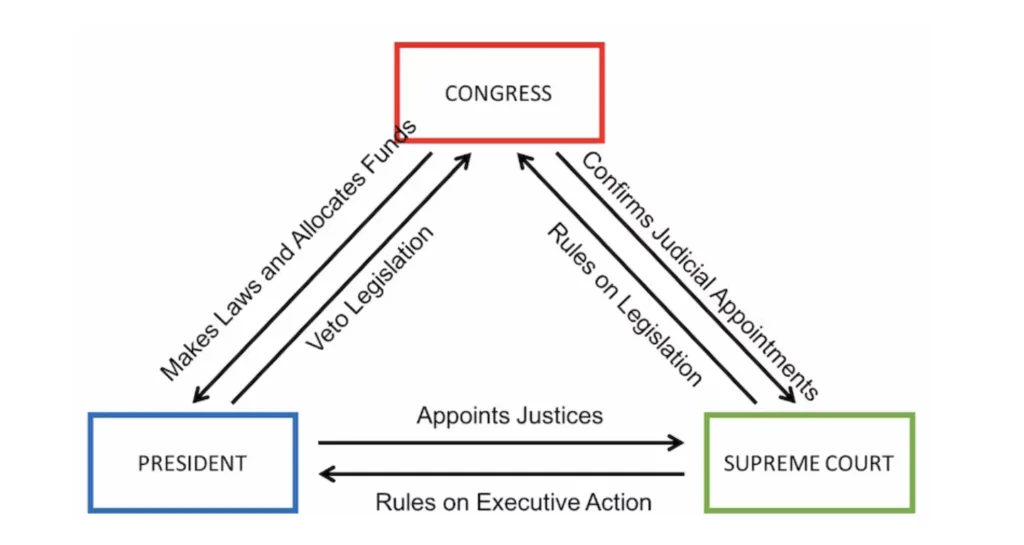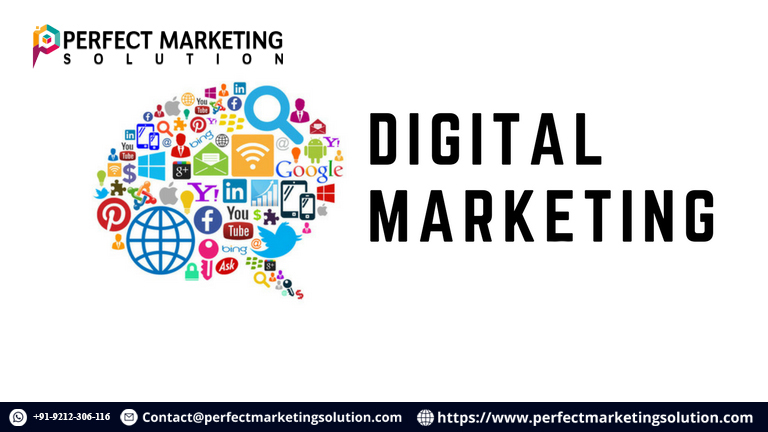How to Design the Perfect Custom Packaging Box
The unboxing experience is an integral part of your customer’s journey with your product. It’s that moment of excitement and anticipation when they first open the box.

Packaging is not just about protecting a product; it's about making a statement. In today’s competitive market, a custom packaging box has become a powerful tool for brands to create a lasting impression and stand out. It plays a crucial role in branding, customer experience, and product perception. Whether you’re launching a new product or looking to upgrade your existing packaging, designing the perfect custom packaging box is essential.
In this article, we’ll explore the key aspects of designing a custom packaging box that combines both functionality and aesthetic appeal, while also offering practical tips for businesses of all sizes.
1. Understand the Purpose of Your Packaging Box
Before you dive into the design process, it’s essential to understand the primary purpose of your packaging box. Packaging can serve multiple functions, including:
- Protection: The box should be sturdy enough to protect your product during transportation and handling.
- Brand Identity: Your packaging should communicate your brand's identity and values to potential customers.
- Customer Experience: A well-designed packaging box can provide an unforgettable unboxing experience.
- Marketing and Promotion: Custom boxes serve as an extension of your marketing efforts. They can help your product stand out in the market and can even serve as a mini billboard.
By identifying the purpose and balancing these elements, you’ll be able to create packaging that not only works well but also builds a connection with your customers.
2. Choose the Right Packaging Material
The material you choose for your custom packaging box plays a significant role in both its functionality and appearance. Several materials are commonly used for packaging boxes, each offering different benefits:
- Corrugated Cardboard:
Corrugated cardboard is one of the most popular options due to its durability and versatility. It’s ideal for protecting fragile or heavy items during transit. This material can also be easily customized with printing, embossing, or foil stamping.
- Kraft Paper:
Kraft paper is an eco-friendly option that has a rustic and natural aesthetic. It’s a great choice for brands that emphasize sustainability. Kraft paper boxes are often used for food items, cosmetics, and artisanal products.
- Rigid Boxes:
Rigid boxes are often used for luxury items, offering a premium feel and sturdy construction. They are typically more expensive but are perfect for high-end products like watches, jewelry, and electronics.
- Paperboard:
Paperboard is thinner and more lightweight compared to corrugated cardboard, making it a popular choice for smaller items such as cosmetics, clothing, and retail products.
The choice of material will depend on factors like the type of product you're packaging, your brand’s image, and your budget. It’s important to strike a balance between quality and cost-effectiveness, all while ensuring that your box protects the product inside.
3. Define Your Brand Identity
Your custom packaging box is one of the first things a customer sees when they receive your product, so it’s essential that it aligns with your brand’s identity. The design should reflect the tone, style, and values of your business. Consider the following elements when designing your packaging:
- Logo and Branding:
Make sure your company’s logo is prominently displayed on the packaging. A logo should be clear and instantly recognizable, so keep it simple yet striking. Additionally, use the colors, fonts, and imagery that align with your brand’s aesthetic.
- Typography:
The fonts you use on your packaging should be legible and reflect your brand's personality. Whether you’re using a bold, modern font for a tech brand or a more delicate script for a luxury brand, typography plays a key role in how your packaging communicates.
- Imagery and Graphics:
Visual elements like images, patterns, and illustrations help tell the story of your brand. Whether you opt for minimalist designs or bold graphics, ensure the visuals complement the brand’s message and resonate with your target audience.
By maintaining consistency in these design elements across all your packaging, you create a cohesive brand experience for your customers, which enhances recognition and trust.
4. Focus on Functionality and Practicality
While aesthetics are important, the functionality of the packaging cannot be overlooked. The packaging should not only look good but also serve its intended purpose. Here are some practical considerations to keep in mind:
- Ease of Opening:
The ease with which customers can open your box is crucial to the overall customer experience. Avoid overly complicated closures or excessive packaging that makes it difficult for customers to access their products. Consider adding features like tear strips or tab openings to make the process simple and satisfying.
- Protection:
Custom packaging should protect the product from damage during shipping. Depending on the nature of the product, you may need to include protective inserts, padding, or dividers. A well-protected product enhances customer satisfaction and reduces the likelihood of returns or complaints.
- Size and Shape:
Make sure the size of the box is appropriate for the product. If the box is too large, it might lead to unnecessary waste and increased shipping costs. On the other hand, a box that is too small might not adequately protect the item. Custom packaging allows you to create boxes that fit the product perfectly, ensuring both cost efficiency and protection.
- Sustainability:
Sustainability is an increasingly important concern for customers, and eco-friendly packaging is gaining popularity. Using recyclable, biodegradable, or compostable materials can make a significant difference in how your customers perceive your brand. Moreover, sustainable packaging helps reduce your environmental footprint.
5. Consider the Unboxing Experience
The unboxing experience is an integral part of your customer’s journey with your product. It’s that moment of excitement and anticipation when they first open the box. A positive unboxing experience can lead to increased customer satisfaction, social media shares, and brand loyalty.
To create an exceptional unboxing experience, think about:
- Personalized Touches: Consider adding a personalized note, thank-you card, or small gift inside the box. These touches can make the experience feel special and memorable.
- Attention to Detail: Small design elements such as custom tissue paper, branded stickers, or elegant ribbons can elevate the overall presentation.
- Smooth and Enjoyable Experience: Ensure that the box opens easily and without struggle. The product should be securely packed, but also easy to access.
A thoughtful unboxing experience creates an emotional connection with your customer and enhances the overall perception of your brand.
6. Incorporate Innovative Design Elements
To make your custom packaging box truly stand out, consider incorporating innovative design elements. Here are a few creative ideas:
- Window Cutouts:
A die-cut window on your box allows the customer to see part of the product inside. This works especially well for products like cosmetics, food, or gifts. It adds an element of surprise and curiosity, while still protecting the product.
- Interactive Packaging:
Interactive elements, such as QR codes that lead to exclusive content or special offers, can further engage customers. You could also consider including puzzles or games within the packaging for a fun twist.
- Textures and Finishes:
Textured finishes, embossing, foil stamping, and matte coatings can make your box feel more premium and tactile. These added details can elevate your packaging and create a memorable touch.
- Custom Shapes:
Consider stepping away from the traditional rectangular box and opting for a custom shape that complements the product. Unique packaging shapes often grab attention and generate curiosity, making your product stand out on the shelf or in online photos.
7. Ensure Cost Efficiency
While creating the perfect custom packaging is essential, it’s also important to consider the cost. High-quality packaging may require a higher initial investment, but it’s crucial to balance this with your overall business goals. A well-thought-out design can save money in the long run by reducing product damage during transit and boosting customer satisfaction.
Here are a few ways to keep your packaging costs in check:
- Opt for Standardized Sizes: While custom shapes are exciting, sticking to standard box sizes can reduce production and shipping costs.
- Order in Bulk: Ordering packaging in bulk can significantly reduce unit costs.
- Plan for Efficient Shipping: Design your packaging in a way that maximizes shipping space and reduces dimensional weight charges.
8. Test and Iterate
Once you have a prototype of your custom packaging box, it’s important to test it. You want to make sure it functions well, protects the product, and delivers the experience you envision. Conduct thorough testing by shipping it to a variety of locations and gathering customer feedback.
Iterating on your design based on real-world use will ensure that your packaging continues to improve and meets the evolving needs of your business and customers.
Conclusion
Designing the perfect custom packaging box is about finding the right balance between aesthetics, functionality, and cost-efficiency. Your packaging should serve as a reflection of your brand while also protecting the product and creating a memorable experience for your customers. By considering the materials, brand identity, practicality, and unboxing experience, you can design packaging that not only looks great but also enhances your brand's reputation and customer loyalty.
Custom packaging is an investment, and when done correctly, it can lead to greater customer satisfaction, increased brand recognition, and a competitive edge in the market. So, take the time to design packaging that speaks to your audience and elevates your product—it's more than just a box, it’s part of your brand’s story.
What's Your Reaction?





















